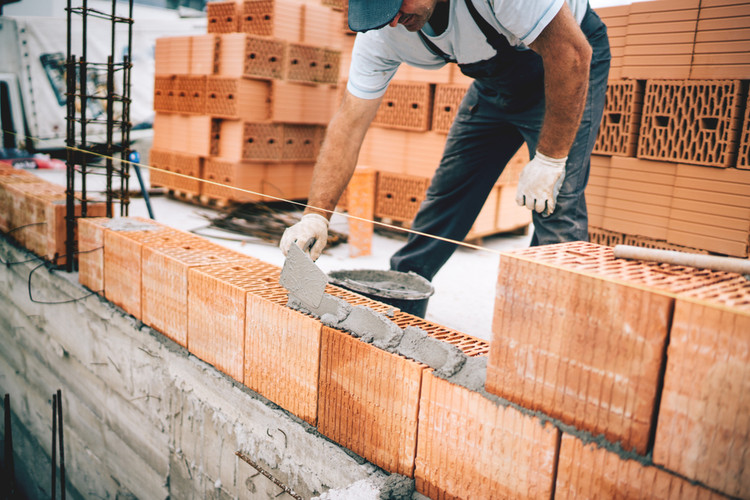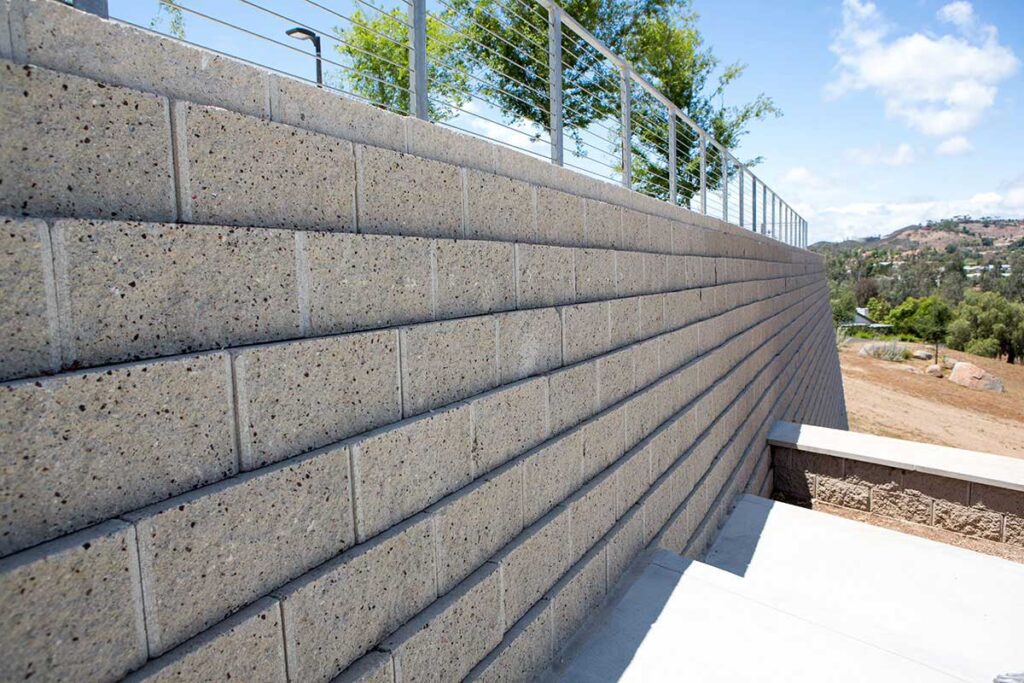How to Fix Cracks in Masonry Walls: A Detailed Guide
Cracks in masonry walls can be a serious concern for homeowners, often signaling structural issues that need prompt attention. Addressing these cracks not only ensures safety but also preserves the aesthetic appeal of your home. In this article, we will guide you through the process of fixing masonry wall cracks, providing practical steps and useful tips.
If you have ever wondered how to fix cracks in masonry walls, you are not alone. Whether you’re dealing with minor surface cracks or more significant structural problems, understanding the different types of cracks and the methods to repair them is crucial. By taking action early, you can prevent further damage and maintain your property’s integrity.

Understanding Masonry Wall Cracks
Masonry walls, made from bricks, stones, or concrete blocks, are typically durable and strong. However, due to factors like foundation settling, weather changes, or seismic activity, cracks can appear. Before we delve into how to fix them, let’s understand the common types of cracks you might encounter.
Types of Masonry Cracks
Vertical Cracks: Often caused by the settling of the foundation and usually run straight up and down.
Horizontal Cracks: These can be more severe and may indicate pressure against the wall or a more significant structural problem.
Stair Step Cracks: Resembling a staircase, these are common in brick walls and often due to differential settlement.
Assessing the Damage
Before you start the repair process, it is essential to assess the damage. Understanding the depth and severity of the crack will determine the best approach for fixing it. Here’s how you can evaluate:
- Measure the Crack Size: Use a measuring tape to note the length and width. Cracks more extensive than 1/4 inch might need professional evaluation.
- Monitor Changes: Observe the crack over time to see if it is expanding. It might indicate ongoing structural movement if it is.
Signs You Need Professional Help
If the cracks are wide, forming quickly, or accompanied by other signs like sticking windows or doors, it might be time to call in a masonry contractor. They can provide a detailed inspection and professional repair.
Step-by-Step Guide to Repairing Cracks
Once you have assessed the damage and decided it’s manageable, follow these steps for a DIY repair:
Gather Your Tools and Materials
- Masonry mortar or crack filler
- Putty knife
- Wire brush
- Protective gear (gloves, goggles)
Preparing the Area
Before applying any materials, clean the area around the crack:
- Clean the Crack: Use a wire brush to remove loose debris and dust.
- Dampen the Wall: Lightly dampen the surface to help the mortar or filler adhere better.
Repairing the Crack
- Fill Small Cracks: For cracks less than 1/4 inch, apply masonry crack filler using a putty knife.
- Fix Larger Cracks: Mix masonry mortar and use the putty knife to press it into the crack, removing excess as you go.
Finishing Touches
Smoothing the Surface: Once the mortar is applied, smooth it with the putty knife or a wet sponge for a neat finish.
Allow to Cure: Let the repair cure for a few days, keeping the area moist to strengthen the bond.
Protecting Your Masonry Walls
Preventing future cracks involves regular maintenance and proactive measures. Here’s what you can do:
- Seal the Walls: Use waterproof sealants to protect against water damage.
- Inspect Regularly: Check your walls for new cracks or signs of distress every season.
- Proper Drainage: Ensure gutters and downspouts are directing water away from your foundation.
When to Call Professionals
If DIY methods are not addressing the issue or if you suspect underlying structural problems, it might be time to enlist professional help. Visit why hire a masonry contractor to understand more about getting expert support.

FAQ
What causes cracks in masonry walls?
Cracks can be caused by a variety of factors such as foundation settling, thermal expansion, or heavy loads. Regular inspection can help in early detection.
How often should masonry walls be inspected?
It’s wise to inspect masonry walls at least annually to catch any signs of wear and potential cracks early.
Can I paint over repaired cracks?
Yes, once the repair has completely cured, you can paint over it to match the rest of the wall. Use masonry paint for best results.
For further understanding of masonry work, you can also explore topics from our masonry repair guide.
This article contains affiliate links. We may earn a commission at no extra cost to you.
